About floodplain management plans
The NSW Government is continuing to reform the management of water on the floodplains of inland NSW.
Rural floodplain management plans provide the framework for coordinating the development of flood works on a whole-of-valley basis.
Floodplain management plans have been prepared for five valleys in northern NSW: the Gwydir, Namoi (Upper and Lower), Barwon-Darling, Macquarie and Border Rivers valleys.
Work is now underway to transition the remaining Water Act 1912 floodplain management plans in the southern Murray–Darling Basin. Find out more about how the southern plans will be replaced.
What are floodplain management plans?
Learn about the basics of floodplain management plans, what they are and why we need them.
Southern plans
The department is replacing floodplain management plans for the Murray, Murrumbidgee, Billabong Creek and Lachlan valleys.

The draft Floodplain Management Plan for Billabong Creek is progressing towards Stage 2 public exhibition in mid to late 2025.
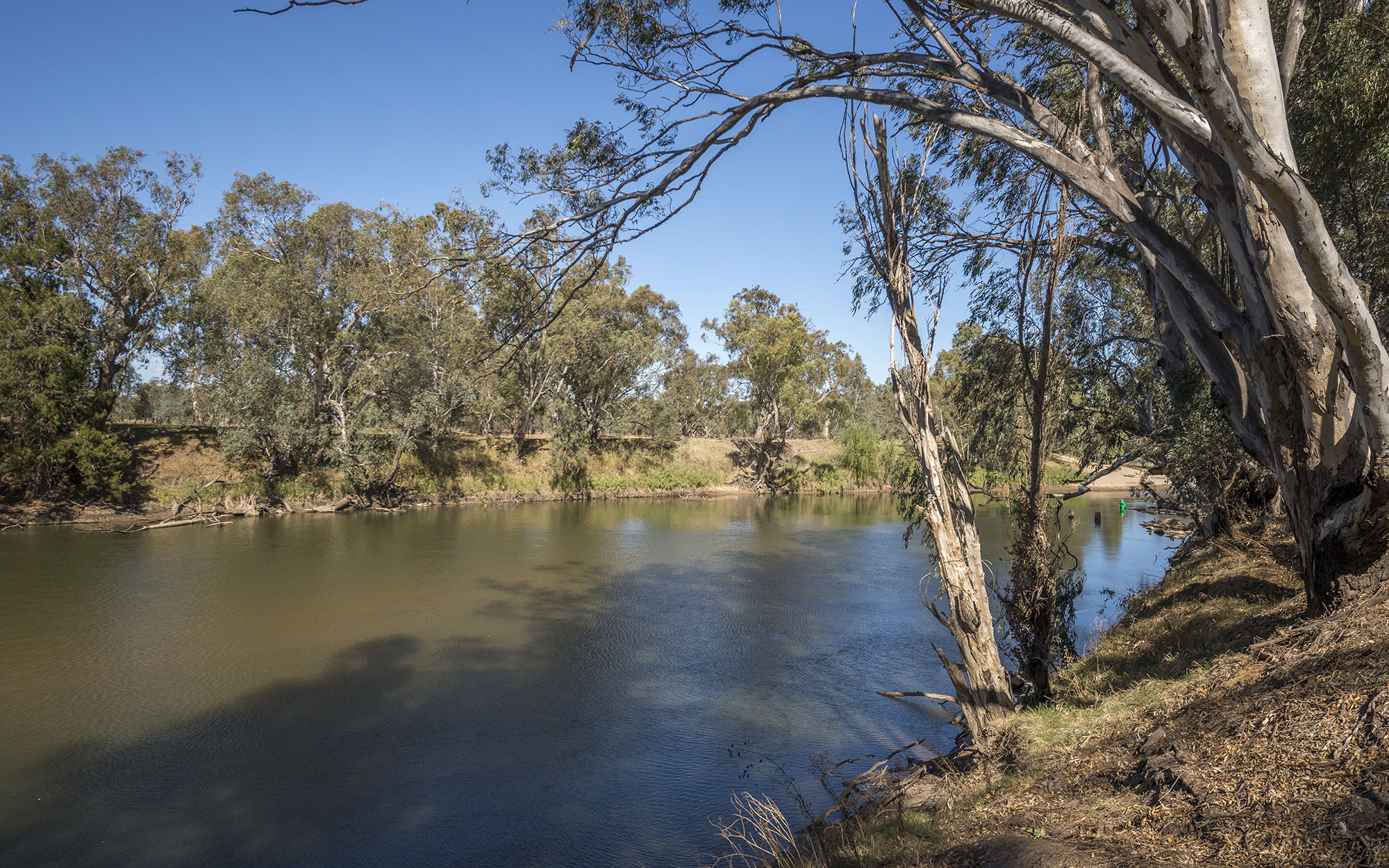
The Floodplain Management Plan for the Murrumbidgee Valley commenced on 1 July 2025.

The draft Floodplain Management Plan for the NSW Murray Valley is progressing towards Stage 2 public exhibition in mid to late 2025.
Lachlan Valley floodplain
Fact sheet
A fact sheet with further information and frequently asked questions about the Floodplain management plans and the Reconnecting River Country Program.
Download the fact sheet (PDF. 120KB)Northern plans
An interactive spatial map is now available to view the boundaries, management zones and ecological assets for all 6 northern floodplain management plans.
You can also find the floodplain management plan spatial dataset on the NSW Government’s SEED portal for use in your own geographic information system.
The rules for enhancement flood works in each of the northern floodplain management plans changed on 21 June 2024.
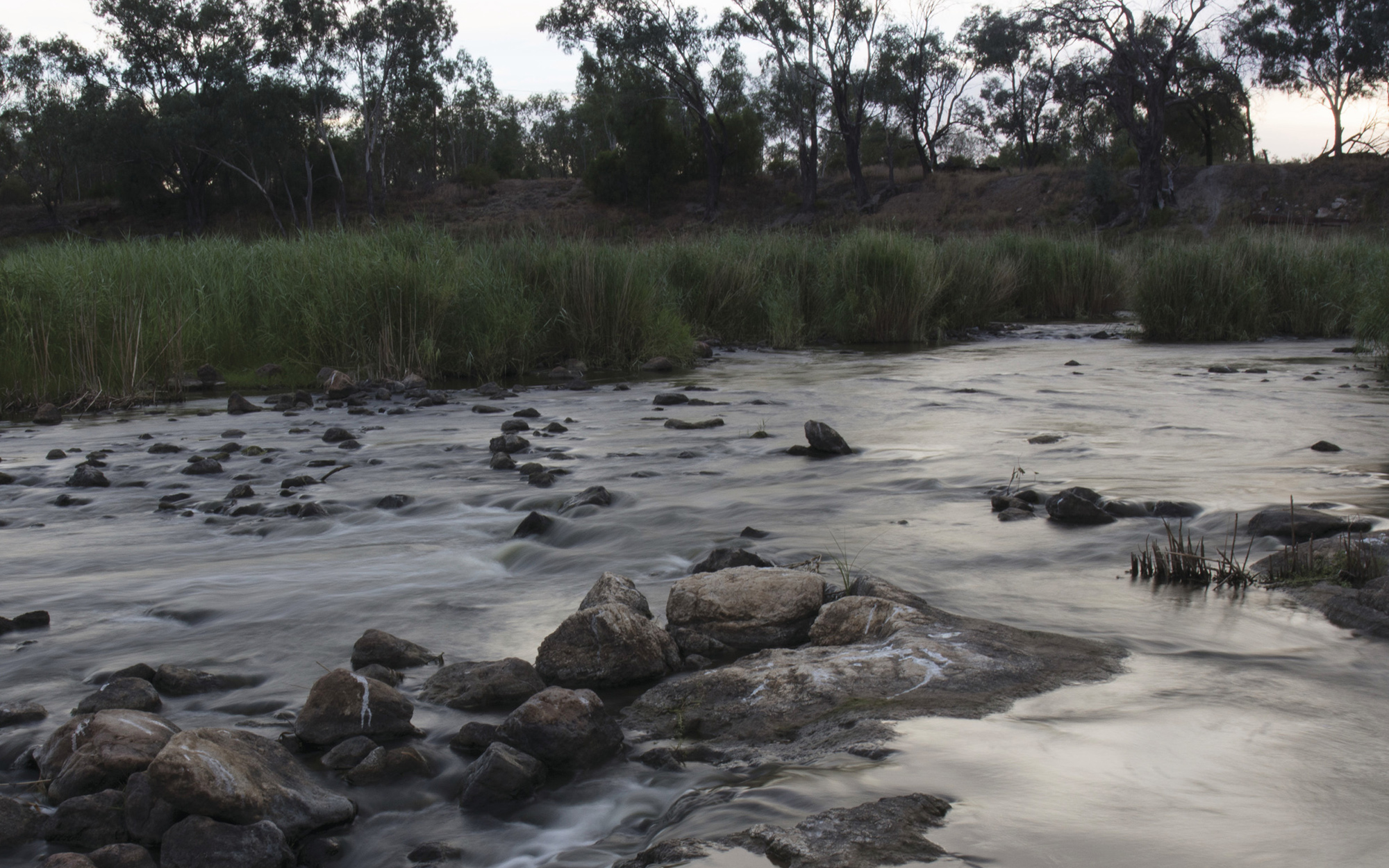
The Floodplain Management Plan for the Barwon–Darling Valley Floodplain commenced on 30 June 2017.
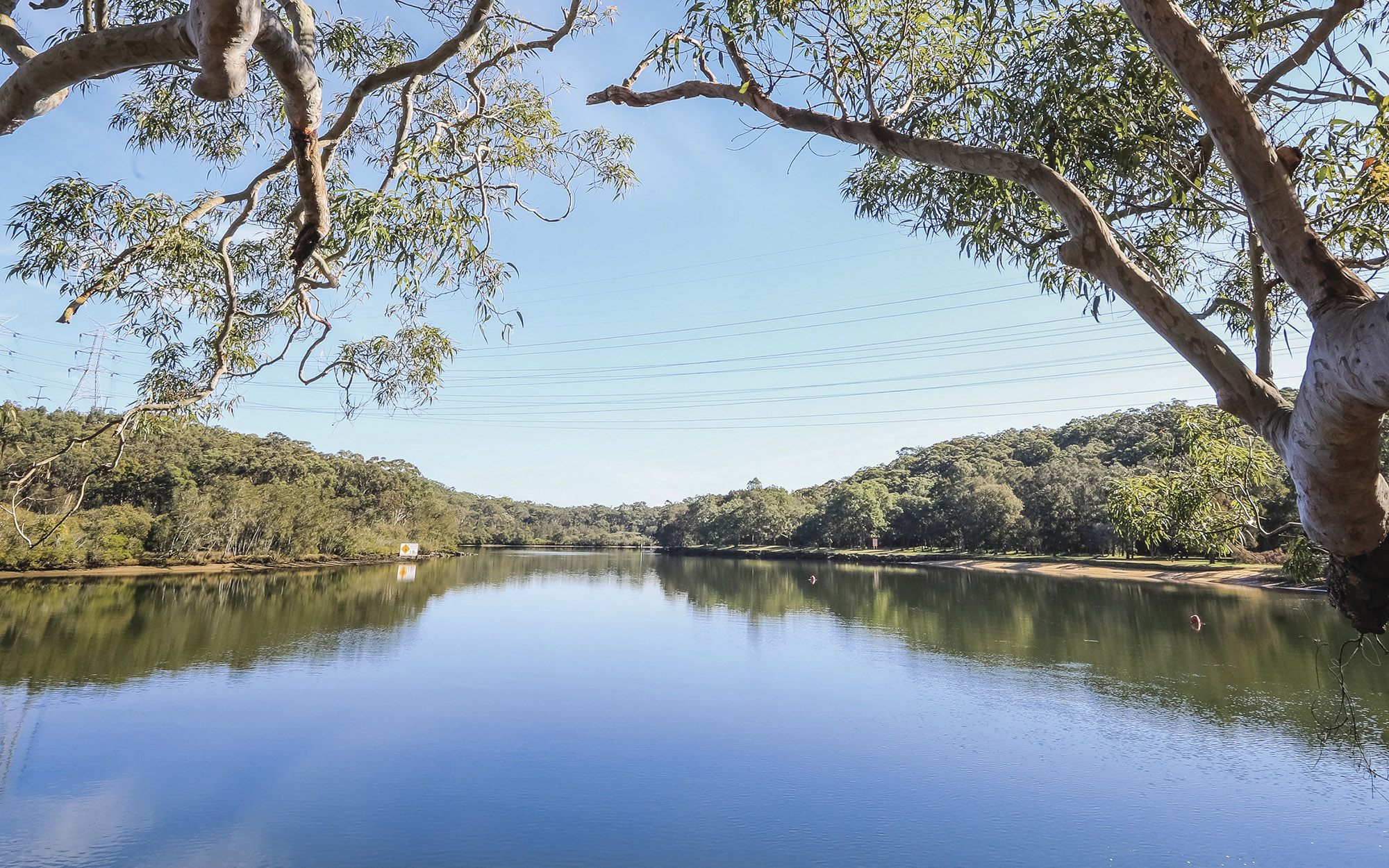
The Floodplain Management Plan for the Border Rivers Valley Floodplain commenced on 11 September 2020.

The Floodplain Management Plan for the Gwydir Valley Floodplain commenced on 12 August 2016.
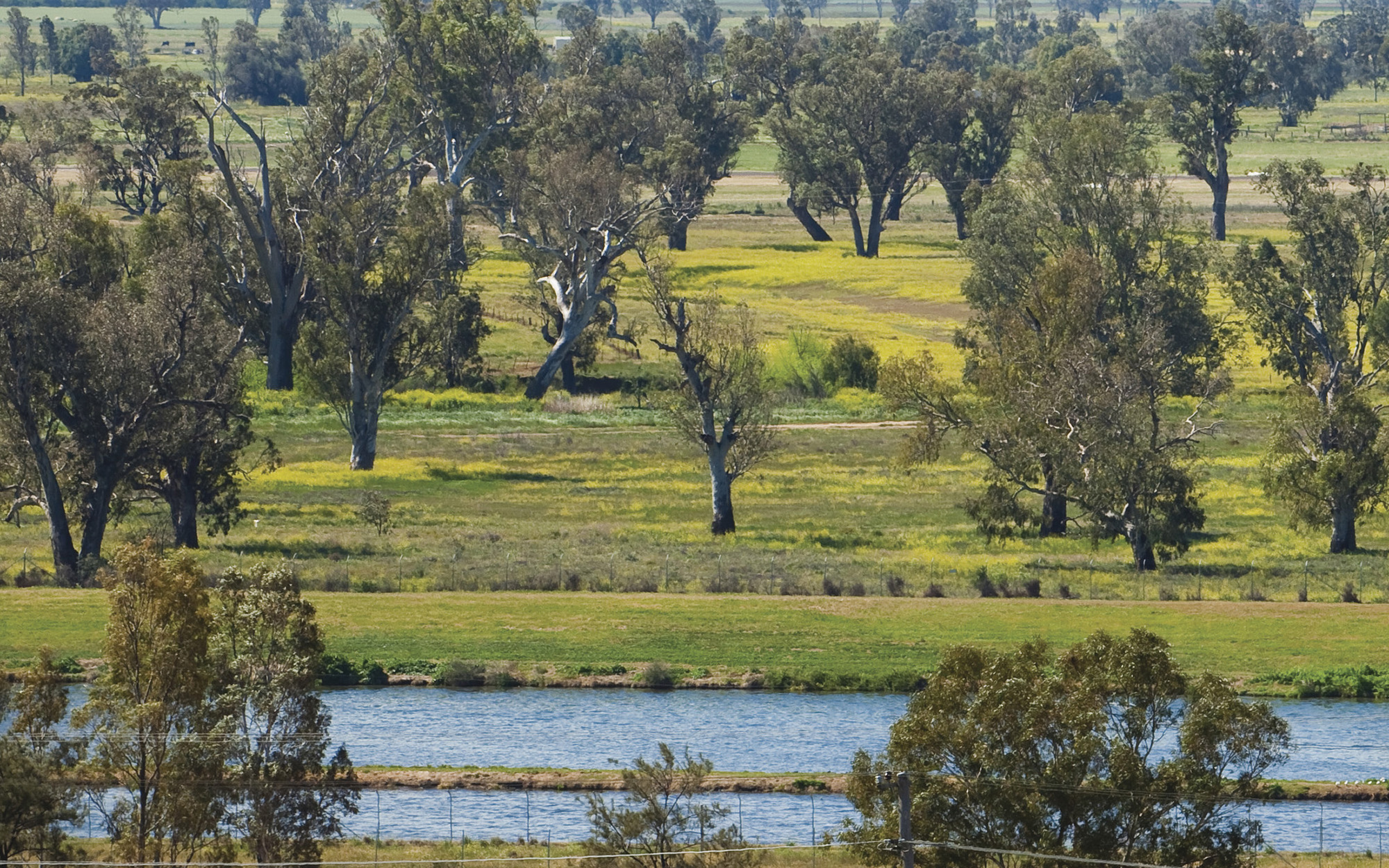
The Floodplain Management Plan for the Lower Namoi Valley Floodplain commenced on 11 September 2020.

The Floodplain Management Plan for the Macquarie Valley Floodplain commenced on 24 September 2021.

The Floodplain Management Plan for the Upper Namoi Valley Floodplain commenced on 7 June 2019.
Plans on exhibition and recent engagement
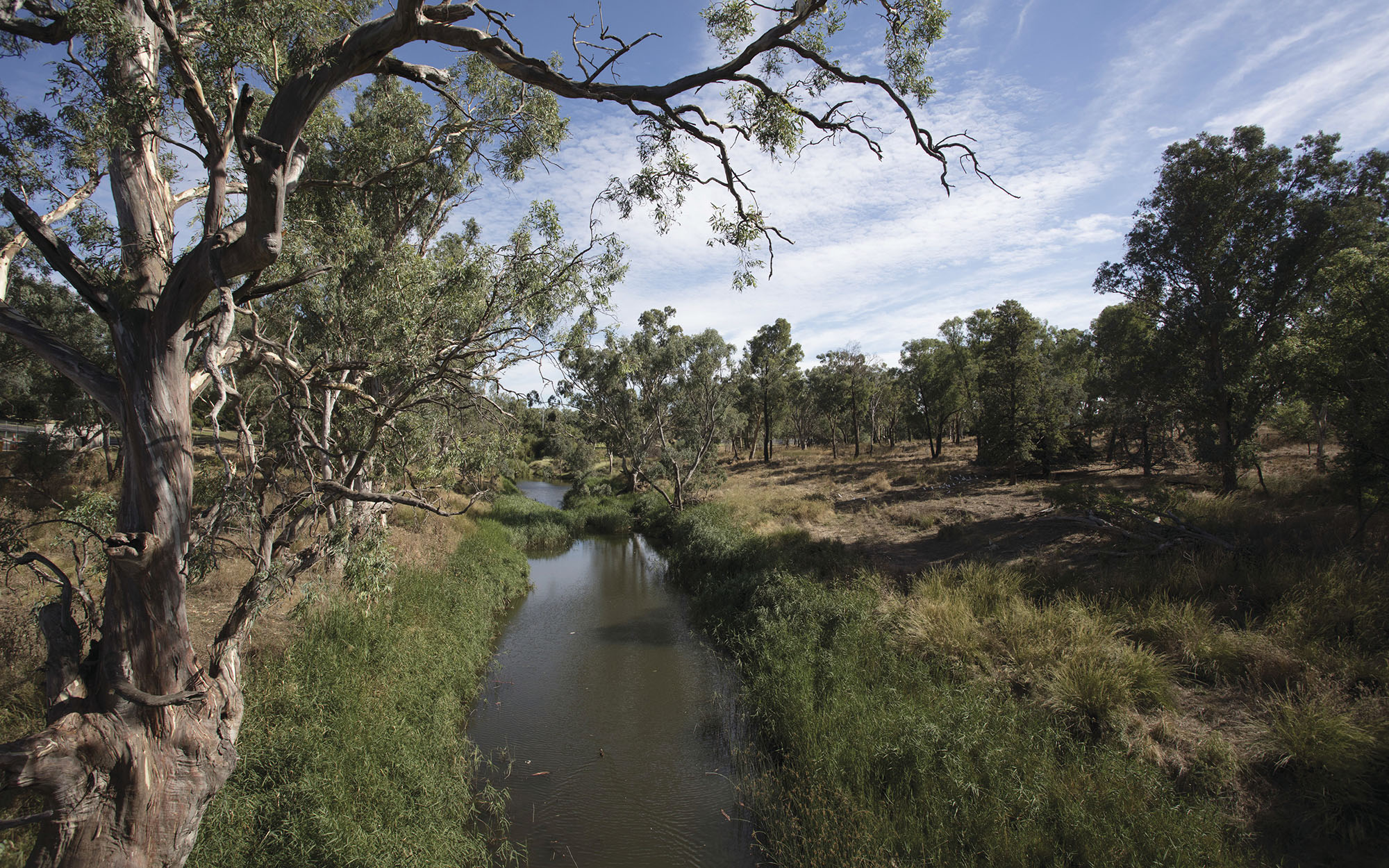
View floodplain management plans on exhibition and recent engagement.
More about floodplain management plans
Developing floodplain management plans
How floodplain management plans work
Floodplain management plans provide the framework for coordinating flood work development to minimise future changes to flooding behaviour; improving the environmental health of floodplains and increasing awareness of risk to life and property from the effects of flooding.
Floodplain management plans establish management zones and rules which provide clarity about where flood works may be constructed on the floodplain and to streamline the approval process for new and amended flood works.
The floodplain management planning approach has been revised in response to changes to the legislative and policy framework that governs water management in New South Wales. The floodplain management planning approach has been updated to satisfy the provisions of the Water Management Act 2000, which requires floodplain management plans to:
- identify the existing and natural flooding regimes
- identify the ecological benefits of flooding
- identify existing flood works
- deal with the risk to life and property from flooding.
Floodplain management planning involves making decisions to coordinate the development of flood works to meet the social, economic, ecological and cultural needs of a floodplain and floodplain landholders. Floodplain management plans deal with proposals for new flood works and the modification of existing flood works.
Floodplain management plans also:
- specify which parts of a plan can be changed
- set out monitoring and reporting requirements, including indicators against which performance of a plan is to be monitored. The Natural Resources Commission reviews floodplain management plans.
Some activities considered low-risk or covered by other legislation are exempt from the rules in floodplain management plans. For more information go to flood work approvals.
Independent review
An Interagency Working Group oversees the preparation of floodplain management plans. Key experts from the NSW Department of Primary Industries and Regional Development (agriculture and fisheries interests) and the Department of Climate Change, Energy, the Environment and Water (water, environmental and First Nations interests) are represented on this group. Experts from Local Land Services, the Natural Resources Access Regulator and WaterNSW may also attend meetings of the Interagency Working Group to provide advice on consultation activities and other matters relevant to their expertise.
The Interagency Working Group reviews the preparation of floodplain management plans at three key stages:
- prior to Stage 1 public consultation
- prior to Stage 2 public exhibition
- prior to the preparation of floodplain management plans for commencement.
All feedback from consultation processes for the preparation of floodplain management plans is reviewed by the Interagency Working Group prior to updating the plan.
How plans are prepared
The NSW Department of Climate Change, Energy, the Environment and Water coordinates the preparation of floodplain management plans. The planning process is guided by a technical manual for rural floodplain management plans PDF (3MB) under the Water Management Act 2000.
Our Water Group develops technical content on advice from a technical advisory group and drafts the floodplain management plans. It leads consultation and engagement and facilitates the review process. An Interagency Working Group conducts the review.
Floodplain management plans are Minister’s plans under Section 50 of the Act. They require the endorsement of the Minister for Water and concurrence of the Minister for the Environment prior to commencement.
Community consultation
Community input into the preparation of floodplain management plans is critical to ensuring that each plan deals with local issues in a practical way.
Public consultation for each new floodplain management plan happens over 2 phases:
Stage 1 – early feedback on key elements of the floodplain management plan including localised variances to some rules.
Stage 2 – public exhibition of the draft floodplain management plan in the statutory plan format for a minimum period of 40 days.
Consultation is open to all stakeholders and submissions received during each consultation period are considered by the Interagency Working Group when preparing floodplain management plans for commencement.
The department has developed fact sheets for First Nations communities:
- Floodplain management plans and how they protect cultural areas (PDF, 226.16 KB)
- AHIMS and floodplain management plans (PDF, 311.83 KB)
Plan status
| Floodplain valley | Status | Commencement date |
|---|---|---|
| Gwydir Valley | Commenced | 12 August 2016 |
| Barwon-Darling Valley | Commenced | 30 June 2017 |
| Upper Namoi Valley | Commenced | 7 June 2019 |
| Lower Namoi Valley | Commenced | 11 September 2020 |
| Border Rivers Valley | Commenced | 11 September 2020 |
| Macquarie Valley | Commenced | 24 September 2021 |
| Murrumbidgee Valley | Commenced | 1 July 2025 |
| NSW Murray Valley | Being developed | To be advised |
| Billabong Creek | Being developed | To be advised |
| Lachlan Valley | Being developed | To be advised |
Amendments to floodplain management plans
The fact sheet, Amendments to floodplain management plans (PDF, 176.63 KB) provides an overview of the process for amending floodplain management plans.
Suggested amendments to any rural floodplain management plan may be submitted anytime by emailing the Water Group at water.enquiries@dpie.nsw.gov.au.
Potential amendments are collated in an amendment register held by the department. This register is reviewed on a regular basis by department staff who make a determination whether an amendment is to be progressed, and, if so, the timeframe for the progression.
Supporting documents
- Floodplain management plans and the Reconnecting River Country Program PDF, 119.84 KB
A fact sheet with further information and frequently asked questions can be found here - Floodplain management under the Water Management Act 2000: A guide to the changes (PDF. 143 KB)
A guide to the transition of floodplain management planning from the Water Act 1912 to the Water Management Act 2000 in NSW. - An overview of floodplain management plans under the Water Management Act 2000 (PDF. 176 KB)
A general, plain English explanation of the key provisions of floodplain management plans. - Rural floodplain management plans: Technical manual (PDF. 3MB)
A general description of the method employed for the preparation of floodplain management plans under the Water Management Act 2000. - Technical guidelines for flood work applications in areas without a floodplain management plan PDF, 245.37 KB
Guidance on the assessment of flood work applications in areas without an in-force floodplain management plan under the Water Management Act 2000.
Reviews
Why review floodplain management plans?
NSW floodplain management plans are valid for 10 years from their commencing date. Amendments to floodplain management plans are made throughout their life to ensure they comply with changing legislation and to facilitate their implementation. In the five years before a plan expires, a formal review is completed by the department to identify the necessary alterations to deliver better outcomes for all water users, including the environment. The timeframe for review was changed in January 2023 (previously required within the fifth year). This review is a requirement of section 43 of the Water Management Act 2000.
The current schedule for plan reviews (PDF, 54.39 KB). Note: this schedule may change where plans are replaced.
The Natural Resources Commission also undertakes an audit under section 44 of the Water Management Act 2000 to ascertain whether a plan’s provisions are being put into practice. Audit findings are published on the Natural Resource Commission’s website.
What is the review process?
Under the Water Management Act 2000 the Minister may, on recommendation by the department, extend a floodplain management plan for another 10 years or replace the plan.
Extension refers to the extension of a plan for a further 10 years without change. Replacement is where changes to the existing plan are proposed.
A floodplain management plan may also be amended to during its 10-year term.
Download the review process flowchart (JPG, 166.68 KB)
The Review method (PDF, 1661.28 KB) document provides the method for the review of floodplain management plans under the requirements of section 43 of the Water Management Act 2000. By establishing a consistent review method and criteria, we can ensure that each floodplain management plan in NSW is reviewed in a similar manner.
What does this mean for me?
Where a plan will be replaced or amended, the department will undertake consultation with stakeholders, which may include a formal public exhibition period, targeted consultation or other meetings or workshops, depending on the nature of the amendments proposed and the needs of stakeholders.
How can I be involved?
The department will notify key stakeholders when the review of a floodplain management plan occurs. Questions about the floodplain management plan under review will be published on the department’s website.
Floodplain management plans undergoing a review are advertised on the Have Your Say website and submissions are collated by the department. The department will consider all submissions in the finalisation of the review report for each floodplain management plan. Review reports will be published here and will be used to inform possible amendments to a floodplain management plan.
Completed S43 review reports
Overviews of the completed S43 reports can be found below.
Southern Floodplain Management Plans
Section 43 Review of 10 Southern Floodplain Management Plans – June 2021 (PDF, 4.6 MB)
As part of the review process public submissions were sought. The following respondents agreed to have their submissions published on this website. Note that not all respondents elected to have their submissions published.
- Read the published submissions (PDF, 28 KB) for the 10 southern floodplain management plans
The views expressed in the submissions are the views of the respondents. While the department seeks to ensure that offensive material is not published, the department is not responsible for the views expressed in the submissions.
The department notes the outcomes of this review report and is considering the recommendations and issues raised in the submissions.
Gwydir Valley Floodplain Management Plan
Section 43 Review of the Gwydir Valley Floodplain Management Plan – June 2021 (PDF, 2.6 MB)
As part of the review process public submissions were sought. The following respondents agreed to have their submissions published on this website. Note that not all respondents elected to have their submissions published.
- Read the published submissions (PDF, 343 KB) for the Gwydir Valley Floodplain Management Plan
The views expressed in the submissions are the views of the respondents. While the department seeks to ensure that offensive material is not published, the department is not responsible for the views expressed in the submissions.
The department notes the outcomes of this review report and is considering the recommendations and issues raised in the submissions.
Barwon-Darling Valley Floodplain Management Plan
Public submissions were sought as part of the review process. The following respondents agreed to have their submissions published on this website.
- Read the published submissions (PDF, 7440.39 KB) for the Barwon-Darling Valley Floodplain Management Plan
The views expressed in the submissions are the views of the respondents. While the department seeks to ensure that offensive material is not published, the department is not responsible for the views expressed in the submissions.
The department notes the outcomes of this review report and is considering the recommendations and issues raised in the submissions.
A summary of the department’s response to the review recommendations (PDF, 79.33 KB) is available to view.
Audits
Audits of floodplain management plans
Section 44 of the Water Management Act 2000 requires floodplain management plans to be audited. The purpose of an audit is to ascertain whether a plan’s provisions are being put into practice.
Audits are the responsibility of the Natural Resources Commission (NRC). Information on plan audits in progress or completed by the NRC can be found on the NRC website.
Assistance
If you require assistance in reading these documents, please contact 1300 081 047 or water.enquiries@dpie.nsw.gov.au
